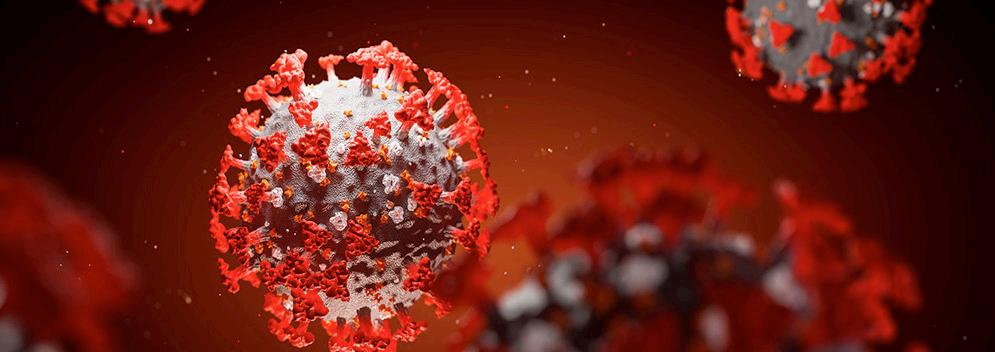INTERNATIONAL
Propeller Overspeed Check Explained by Fletcher Sharp P&WC Senior Field Service Rep for Ag Market (Retired)
The red guarded switch is the Propeller Overspeed Test Switch. Just to the left of the key/batt is a 5-amp circuit breaker. It protects the solenoid on the overspeed governor and associated wiring. (Air Tractor installation. Thrush location would be different, but the same type of C/B and switch).
A 30 | agairupdate.com
The vast majority PT6A powered ag aircraft have a test switch marked Propellor Overspeed Check or Test. Most ag operators I talk with have no idea what that switch does and most responses are, “I don’t ever touch it.” Or, “What does it do and how often should I check it?” I’ll try to explain what happens when you properly (note properly) perform a propeller overspeed check/test. The PT6A propeller is a bit unique with three totally separate propeller overspeed protection systems. To the best of my knowledge, there has never been an event where all three systems failed. So, the reliability of these protection systems is incredibly robust. The first prop overspeed backup is in the primary propeller governor, using the balance of speeder springs and flyweights. The primary propeller governor, also referred to as the CSU (Constant Speed Unit), works to control any propeller overspeed up to approximately 102 to 103% Np (prop speed). Should the propeller speed exceed that value, from approximately 104 to 106% Np, the propeller overspeed governor gets
involved by dumping oil from the propeller dome back into the reduction gearbox. This moves the propeller blades to a coarser angle, thus adding drag to the propeller’s speed, hopefully slowing down the propeller speed. Should the second system fail, a third propeller overspeed protection inside the main propeller governor takes over. At 106 to 107% Np and above, the flyweights inside the main propeller governor open up a bleed air link allowing pressurized air, referred to as Py pressure, to leak into ambient air. Py pressure comes from the Fuel Control Unit (FCU). The following is for PT6A engines up thru and including the PT6A-45 series only. (Larger series PT6A engines with Woodward FCUs function in a different manner, but with the same results.) As P3 air enters the FCU of the smaller PT6A engines, it is divided into two components, Px and Py. They have different pressures and between the two they allow a balance to be obtained in evacuated bellows inside the FCU. Evacuated bellows are the “brain” of the FCU on small PT6As. Anything that upsets the air pressure balance will cause












